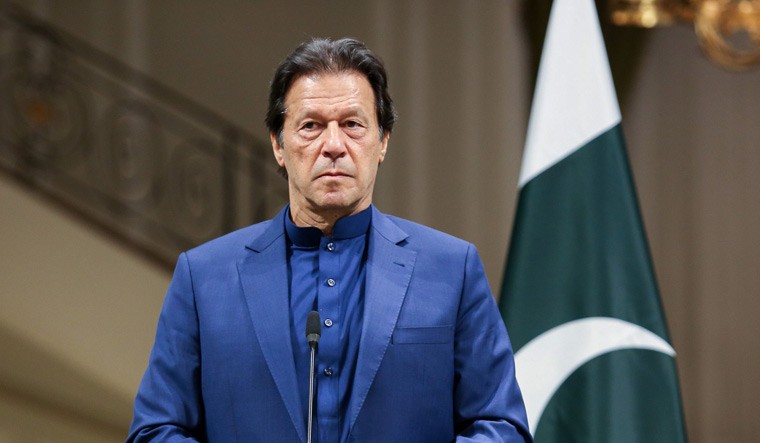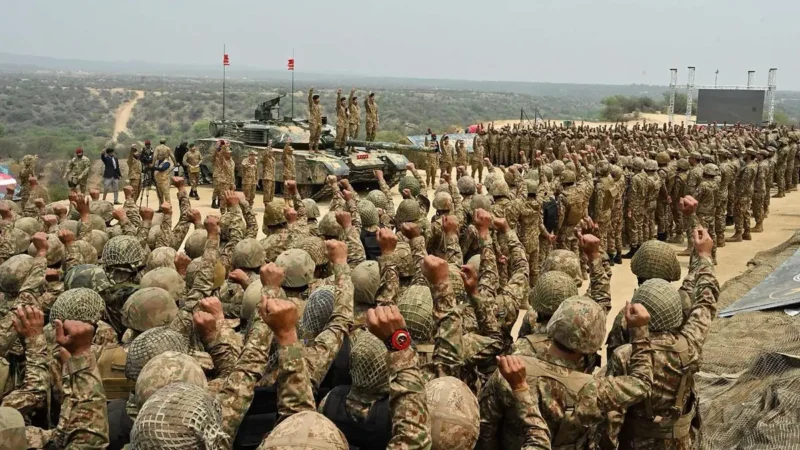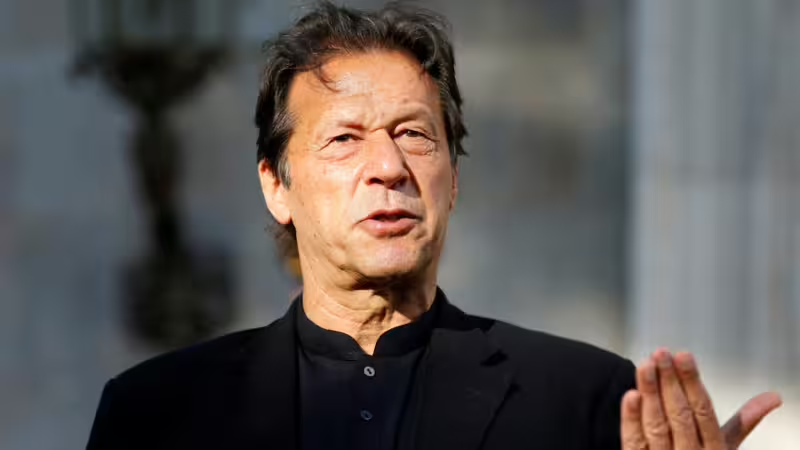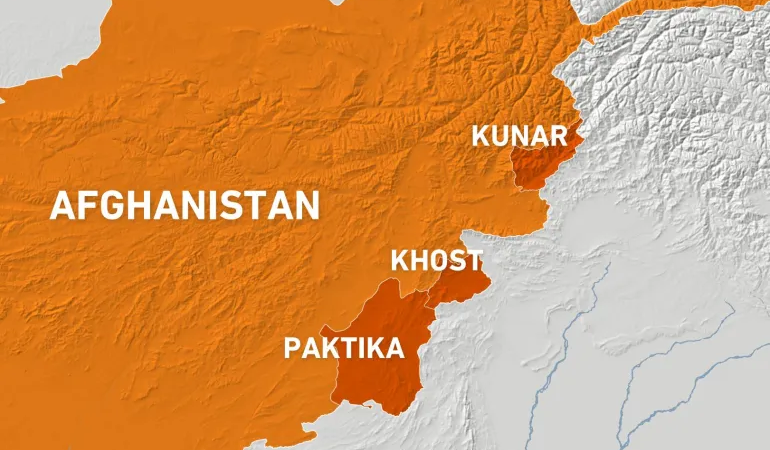MILITANCY, SECTARIAN VIOLENCE ENGULING PAKISTAN

Militancy and their domestic off-shoots in the form of sectarian violence are widely apprehended as Pakistan faces complexities arising out of Taliban’s taking power in neighbouring Afghanistan.
Prime Minister Imran Khan’s government hinted at these challenges earlier, but its voice is muted after what it perceives as its “strategic victory” with the group that it sheltered for long taking power in Kabul.
However, there is consensus among security analysts, including those who support the government’s approach to the new Kabul government that complexities have actually worsened on two counts: One, Taliban themselves encounter more extremist Al Qaida and local affiliates of the Islamic State-Khorasan. And two: the Kabul Government is unwilling to curb their ideological allies, the Tehreek-e-Taliban Pakistan (TTP).
Already, Khan is facing challenge from the TTP that are from the Deobandi sect of Islam and from Tehreek-e-Labbaik Pakistan (TLP) that belongs to the rival Barelvi sect. While the TTP is consolidating itself with help from Kabul, the TLP has unleashed its “Long March” from Lahore to Islamabad. The situation is bizarre in that the Khan Government is preparing to negotiate and possibly pardon the TTP under a general amnesty. It is also talking to the TLP whose “Long March” has, besides causing casualties,
Analysts and human rights bodies fear that the inevitable socio-religious fall-out will be sectarian violence. This is highlighted in Violence Register Database Pakistan, the portal of which has just turned operational. Published by the weekly Friday Times (October 30, 2021), it details for the first time sectarian violence in Pakistan, some of it covering the last five decades. Much of the data is sourced from official sources like the Pakistan Bureau of Statistics.
“This is the first-of-its-kind public database of faith-based violent incidents with their corresponding evidence. The portal reveals that Sindh tops the incidence of sectarian violence. Among cities, Karachi is a huge hub, be it aimed at Hindus, Christians and the Shia Muslims, the Quetta surpasses other cities.
The database reveals some worrying, indicators. It is being quoted here verbatim.
Christian community
Between 2005 and 2021, the organisation has counted 304 incidents of violence against Pakistani Christians, specifically attacks on places of worship and persons; targeted killings, kidnappings, sectarian attacks, mob violence, bomb blasts, rapes and forced conversions. It recorded 36 incidents of religious discrimination and 79 blasphemy accusations between 2005 and 2021. These incidents of violence, accusations and discrimination against the Christian community resulted in at least 1,048 reported casualties.
Hindu community
Over the 2010-2021 period, the organisation reported some 205 reported incidents of violence including attacks on places of worship, targeted killings, abductions, sexual crimes and forced conversions targeting Hindus in Pakistan. The report indicates that the years from 2011 to 2015 were the deadliest, with 120 attacks of a religious motivation against the Hindu community. Abductions and forced conversions make up the most significant form of violence experienced by this community: it faced 70% of all such violence recorded. Moreover, such incidents of abductions and forced conversions make up 66% of all violence against the Hindu community. A 600% upsurge in such incidents was recorded in 2011-12, and a 450% increase between 2018 and 2019.
However, such violence is not directed only at non-Muslim religious groups. Sectarian minorities amongst Muslims experience a major chunk of the religiously-motivated violence in Pakistan. According to the reporting by Violence Register Pakistan, Shia Muslims have faced “66% of all faith-based violence in Pakistan”. Furthermore, the organisation notes that such violence also significantly affects smaller Muslim religious denominations, including Zikris and Ismailis.
Ahmadi community
The Ahmadi community’s persecution is particularly disturbing and has been described in the report as one that continues from ‘cradle to grave’. The first Ahmadi, according to the research, was murdered in 1901. And thousands have fallen as dominoes ever since. The report notes that at every step of their lives they remain at the risk of arrest, attack, harassment and murder. Ahmadis have been denied their fundamental right to vote. Possessing religious texts is not allowed either.
What is worse is that for the Ahmadi community, there is persecution even in death. The report mentions that according to the Human Rights Department, Sadr Anjuman Ahmadiyya Pakistan, to date, 42 bodies of Ahmadis have been exhumed after burial and 79 Ahmadis have been denied places in the community cemeteries. 274 Ahmadis are said to have been killed in violent attacks to date.
Shia Muslim community
The project noted 1,436 reported incidents of violence against the Shia community in the form of attacks on Shia mosques and community centres, targeted killings, abductions, blasphemy, mob violence, bomb blasts and religious discrimination between 1963 and 2015.
These recorded attacks resulted in more than 6,000 deaths. Targeted-killing is noted as the most significant form of violence directed at Shia Muslims, comprising 77% of all such aggression against these citizens. In the last decade, an increase of 717% in violence against Shia Muslims was recorded, when compared to the previous four decades. The organisation finds that after 2009, “a clear geographical shift in the concentration of attacks against Shias can be seen. 2010-2021 witnessed an increase in target killings and attacks in Sindh; 61% of the target killings and 47% of all attacks (sectarian, worship places, murders and kidnapping) reportedly took place in Sindh.” (Ends)






